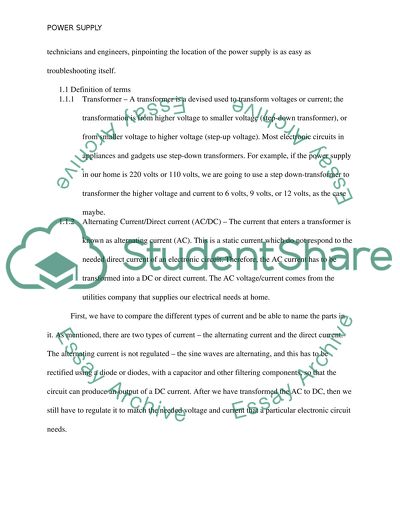Cite this document
(“Regulated Power Supply Coursework Example | Topics and Well Written Essays - 3000 words”, n.d.)
Retrieved from https://studentshare.org/finance-accounting/1412199-regulated-power-supply
Retrieved from https://studentshare.org/finance-accounting/1412199-regulated-power-supply
(Regulated Power Supply Coursework Example | Topics and Well Written Essays - 3000 Words)
https://studentshare.org/finance-accounting/1412199-regulated-power-supply.
https://studentshare.org/finance-accounting/1412199-regulated-power-supply.
“Regulated Power Supply Coursework Example | Topics and Well Written Essays - 3000 Words”, n.d. https://studentshare.org/finance-accounting/1412199-regulated-power-supply.


